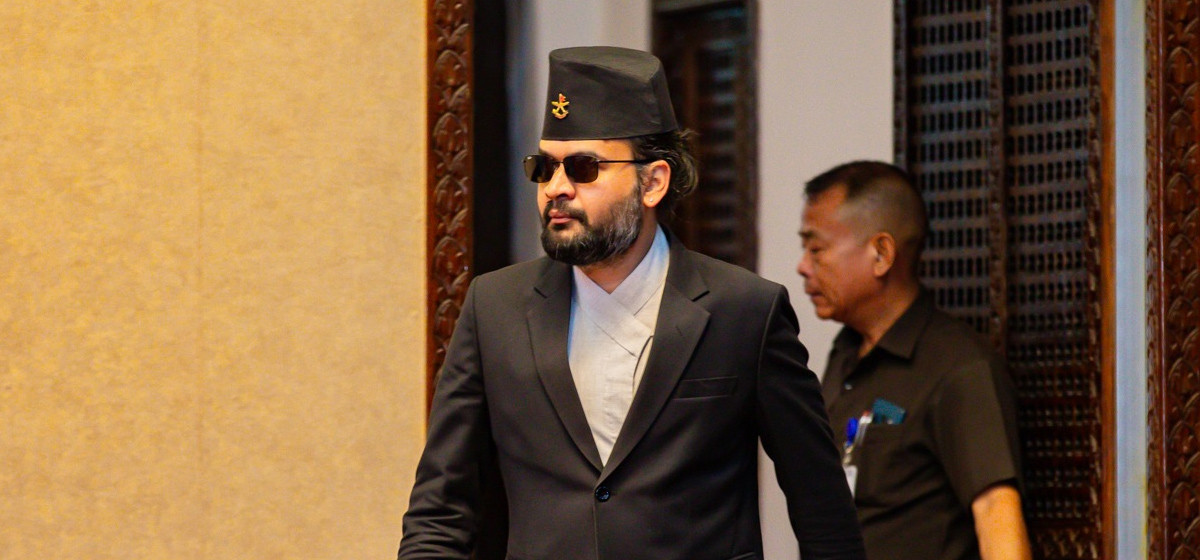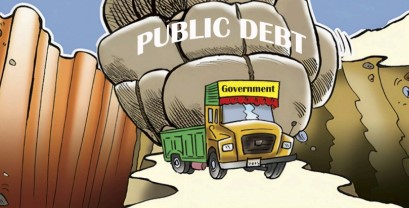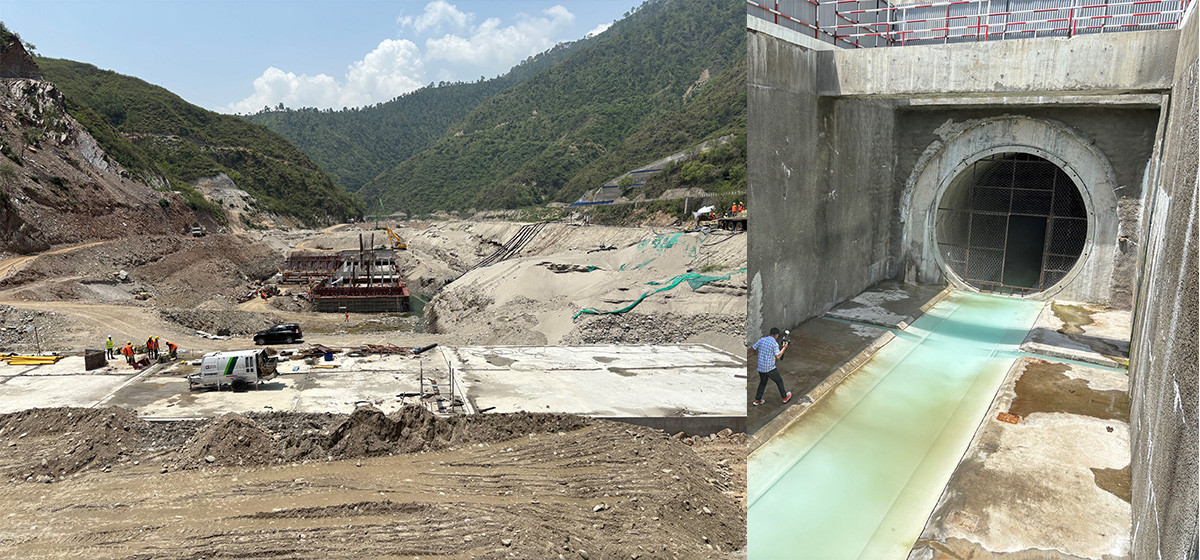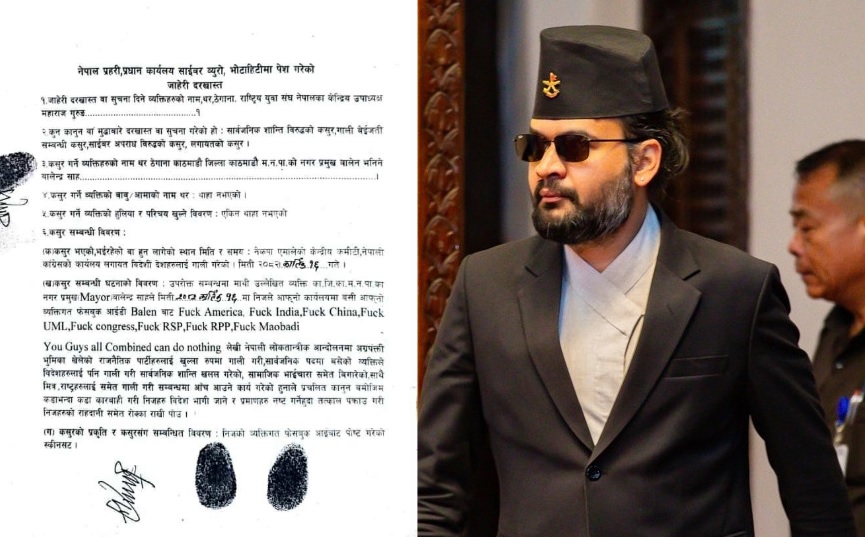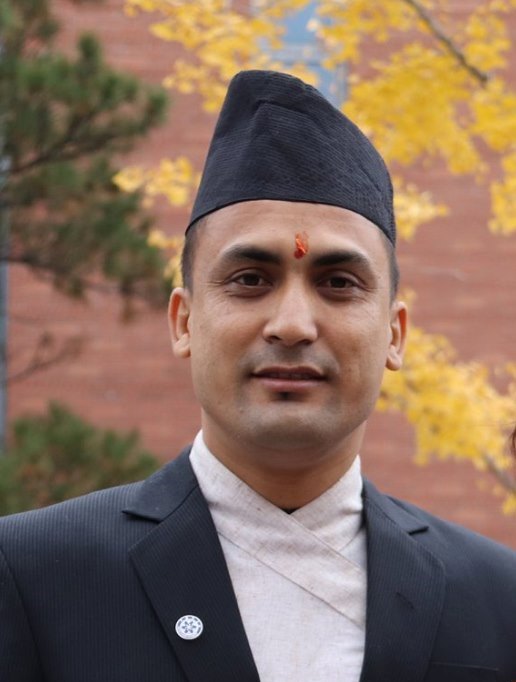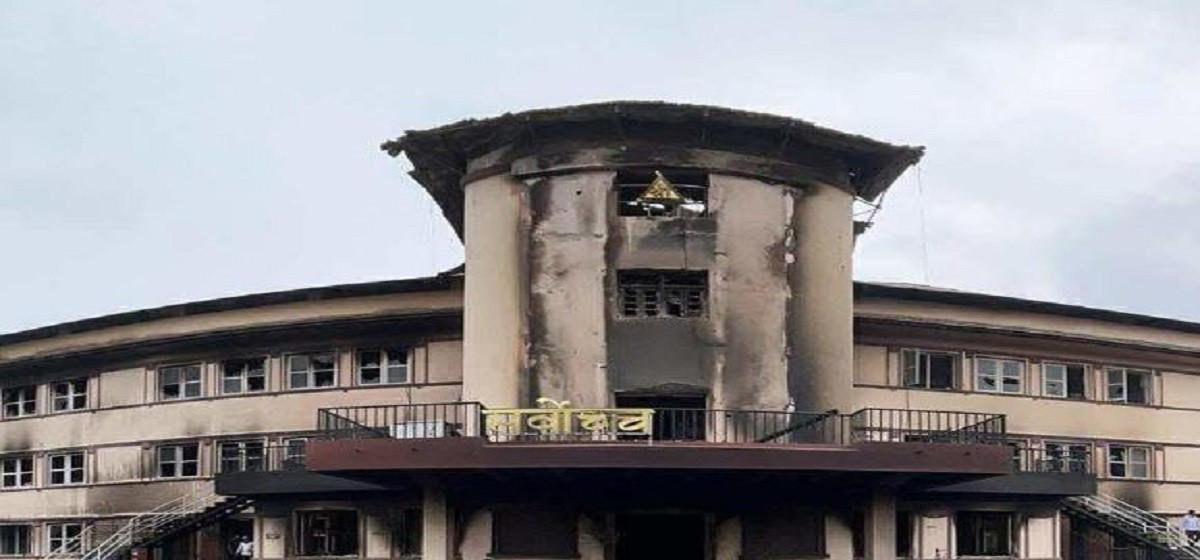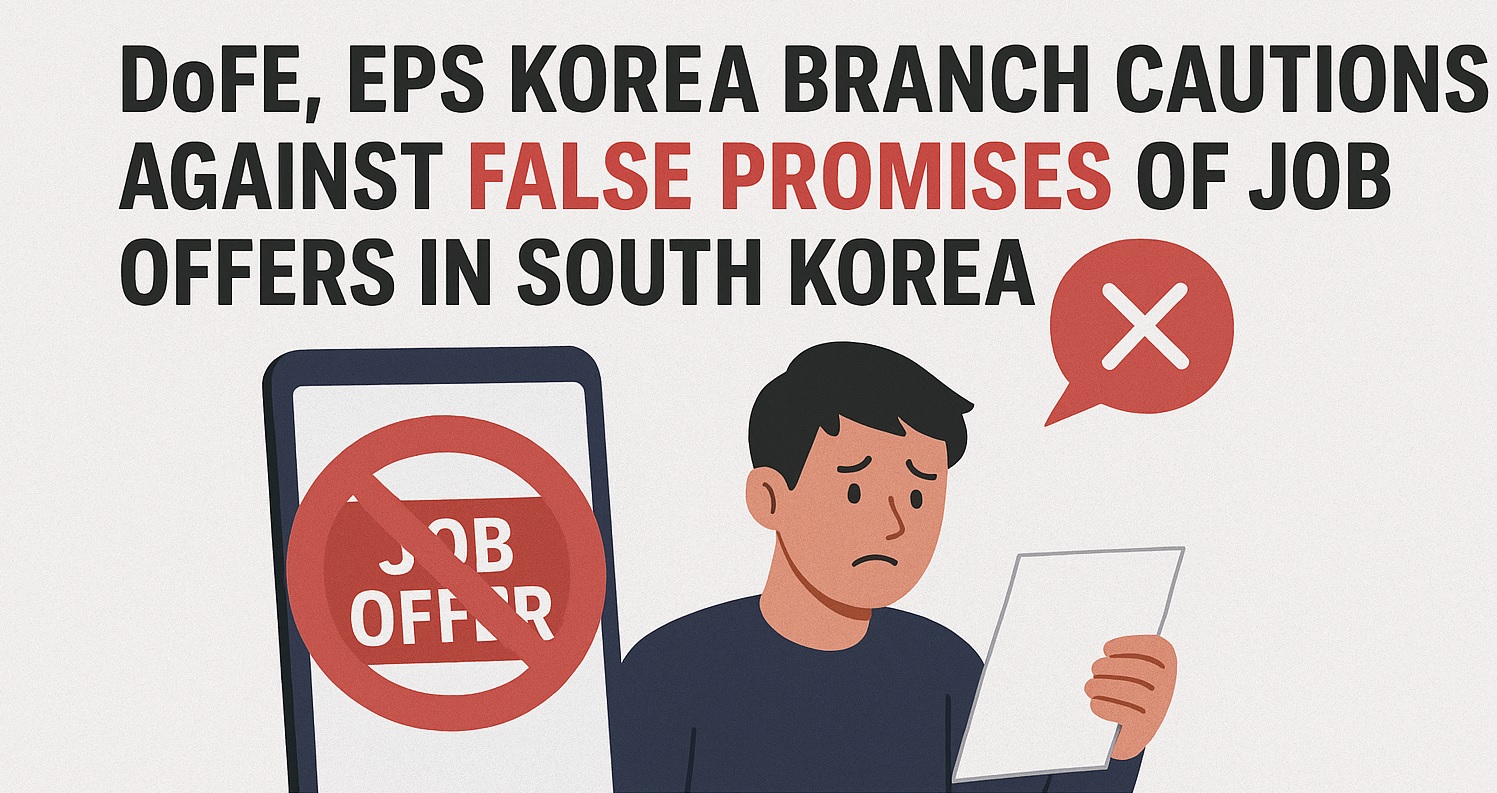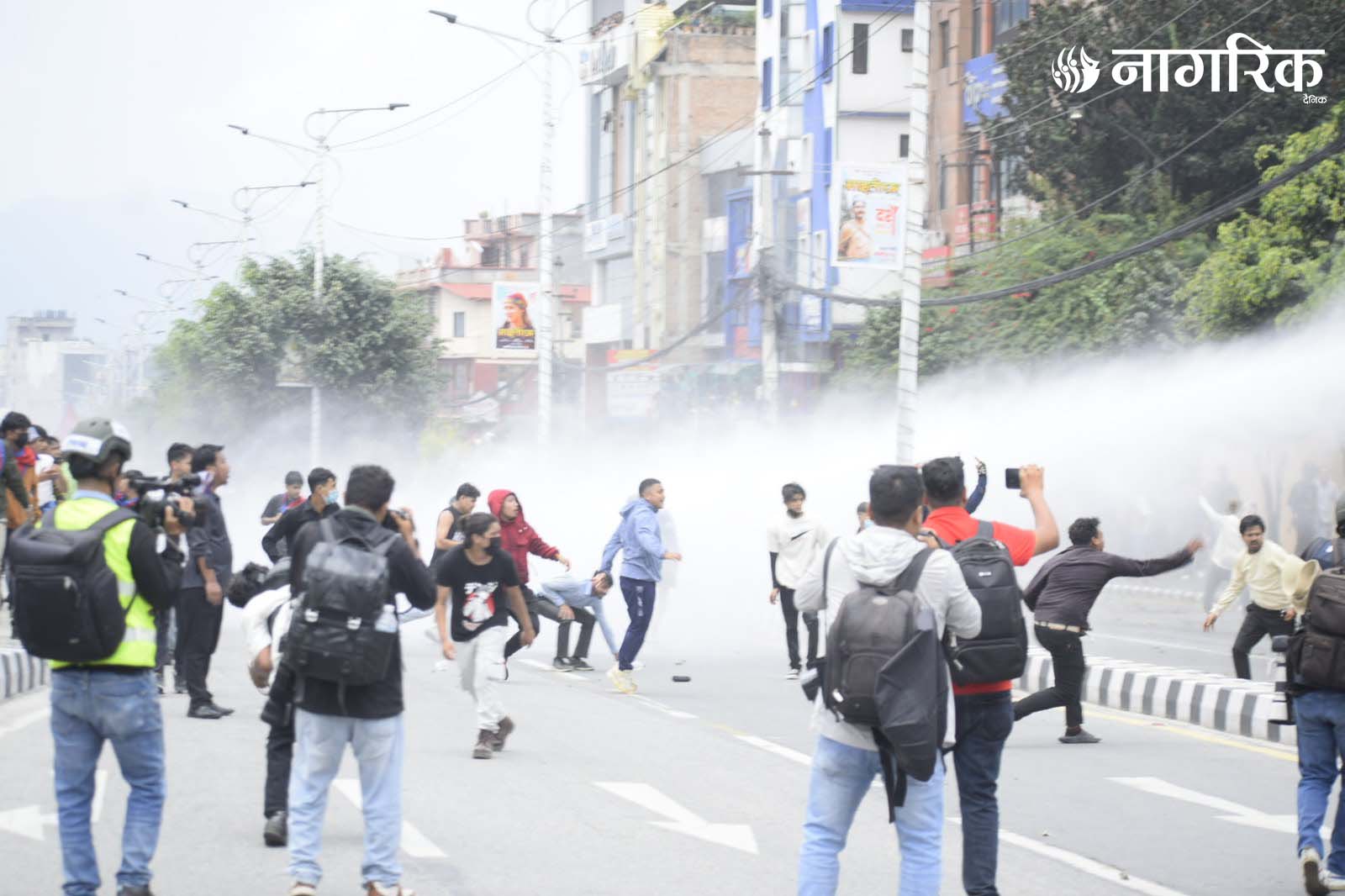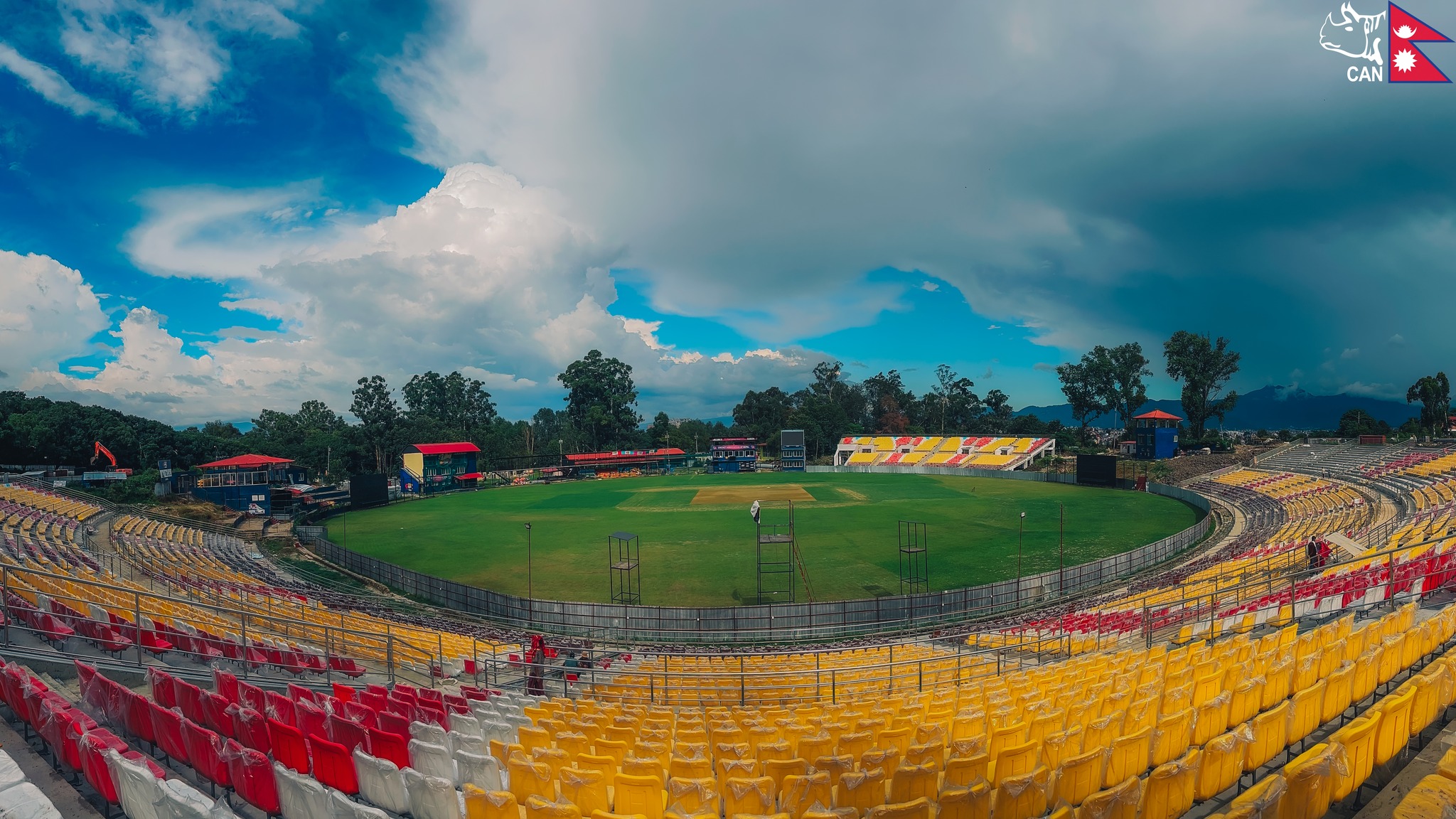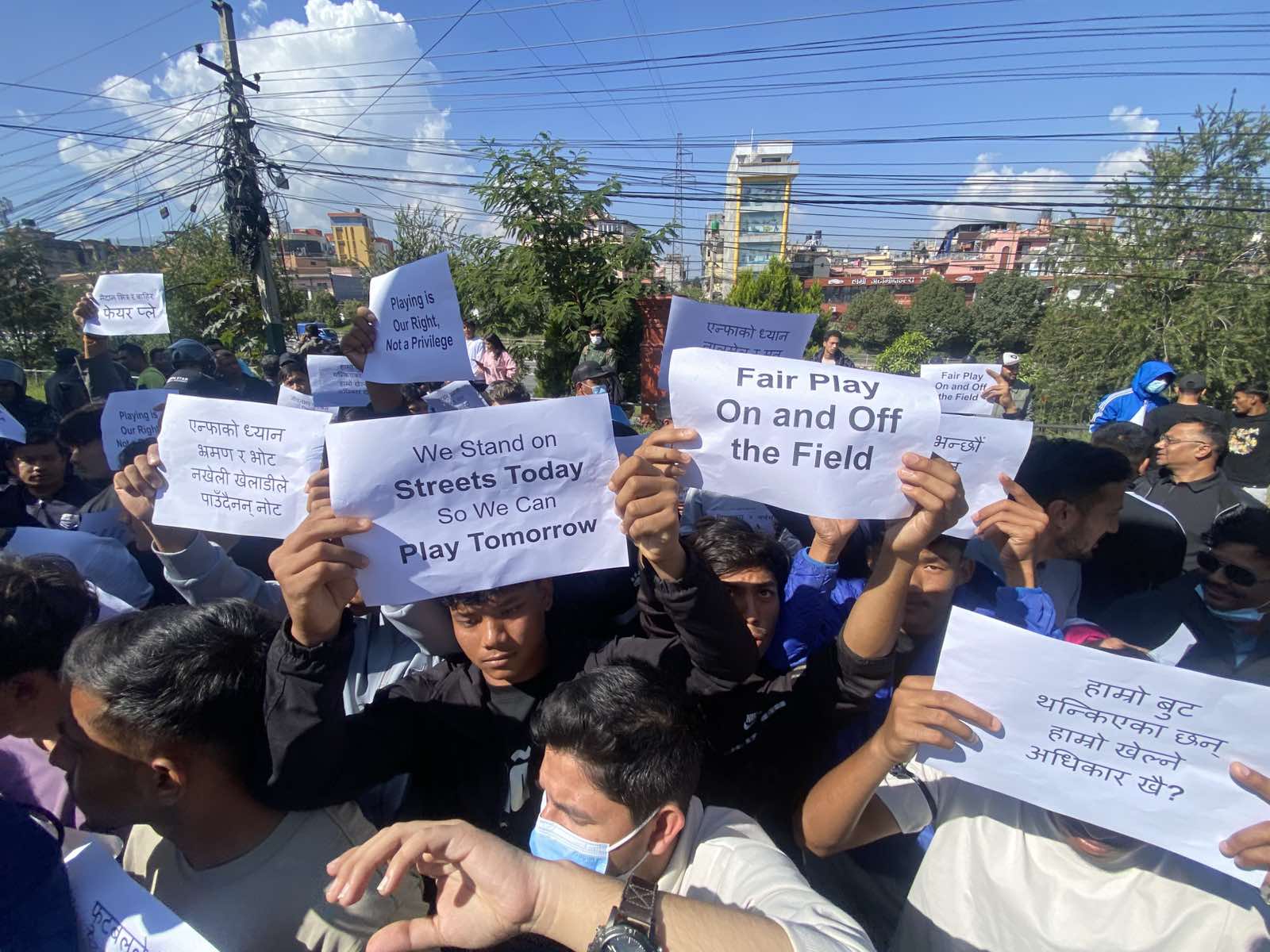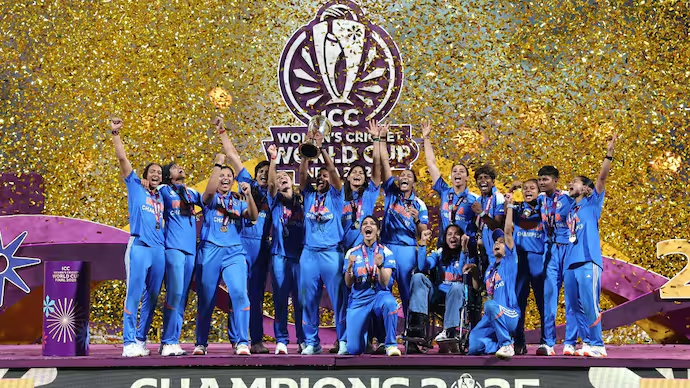Ramyata Limbu, Festival Director
This is a mountain film festival so basically it is related to mountains. We focus on the culture, the people, wildlife, sport, and a mix of other things. Also we have fiction, animation, experimental works and so on, so it’s quite a comprehensive selection. When we select films we like to look for something unique and organic but we also keep the Nepali audience in mind. We want to select works that will resonate with them. Besides, KIMFF is not only about wholesale entertainment. One of our objectives is to also share information and help people educate themselves about various issues.
We always get many entries from aspiring Nepali filmmakers though what we find is that despite their compelling subjects and topics, the technical aspects of filmmaking isn’t quite up to the mark. So it is apparent that’s where Nepali film lacks in terms of training, exposure and resources. We try and mentor them in those cases. Even though KIMFF doesn’t have many resources, I myself for example am volunteering simply because I enjoy doing so. But we are looking forward to raise funds for the very purpose.
When we began in 2000, the majority of our audience were foreigners or people from the literary circle. Today around 90% of those who attend the festival are Nepalis and there are some who come every single year and some are even from out of the valley. The fact that we have amassed a bit of a following is very encouraging.
Drawing the Tiger
Scott Squire
This year at KIMFF, my wife Amy Benson and I are screening our feature documentary Drawing the Tiger. The project began back in 2008, when we got a contract to make a promotional documentary for a nonprofit that gives scholarship to Nepali girls who would otherwise not be able to go to school. After our first contact with our main subject in 2008, we were determined to follow her no matter what happened. We were very graciously granted deep candid access to this family’s members’ lives. They were very open and gave us a lot of their time. Though the story went on a tangent, we somehow felt this compulsion to keep telling it.
Worth of stories

As soon as we knew we would be making the documentary in Nepal, we knew we would eventually want to share it here with its people. Our film takes on a lot of big topics from girl’s education and gender equity to climate change and immigration. We got to tackle a lot of these big globalization issues through a very intimate lens. We put a macro lens to this one family’s life where a lot of these forces come into play. I hope after watching this documentary, the audience will come up with interesting questions and we can follow the screening with a good, hearty discussion.
Rising from the Epicenter
Pradeep Pokharel
I believe KIMFF is a great platform to share various projects. Initially I wasn’t even involved in the documentary making field. I’m from the print media but after attending the festival for a number of years I thought I’d give it a shot. Later when my film was selected to be screened in the festival, this motivated me to continue. I even started studying observational film documentary making and this is my fourth time as a participant in this festival.
I have always had great interest in Barpak. It’s one of the biggest villages in the country and, in my opinion, it’s one of a kind. We had already been researching and taping various aspects of lives in the place when the earthquake of April 25 completely changed the face of the village. That obviously pushed the narrative into a different direction.
We were filming the development of Barpak till Dashain. Our promo on YouTube has even helped three children get scholarship to complete their +2. There are more friends abroad who are keen to sponsor orphans who lost their families in the terrible natural disaster. We are compiling a list of kids as we speak.
It’s wonderful that today we have such film festivals. Though there obviously is room for more. Our film fraternity is still evolving. Festivals like KIMFF give those aspiring documentary markers a chance to not only showcase their work but also receive mentorship. Objective viewing and positive criticism are essential for any filmmaker and KIMFF provides a platform for just that.
Radio Melamchi 107.2
Rasna Shrestha
The earthquake made a victim out of all us. I even lost a family member to it and following the April/May disaster I didn’t want to do anything. My father being a film maker himself was upset about this fact. He kept on pointing out that this would go down in history as a major event of our lifetime and I should do something about it. However, it took me time to recover.
Around two months after the earthquake, I witnessed that the media, particularly radio, was playing a big role to help the earthquake victims of our country. Those in the rural areas were largely reliant on information being broadcast on the radio. This was rather apparent especially in my hometown of Sindhupalchowk. I went around talking to people of the remote areas for a month and decided there was a story that deserved people’s attention.
Whilst suffering from losses and difficulties themselves, Radio Melamchi 107.2 was still going live and doing what they could to spread awareness and that’s the narrative documentary that I’m presenting at KIMFF this year. I’m thrilled that it has been chosen as the top 10 films of the Seismic Shift, short film competition. It was especially a pleasure to share the news with my father.












